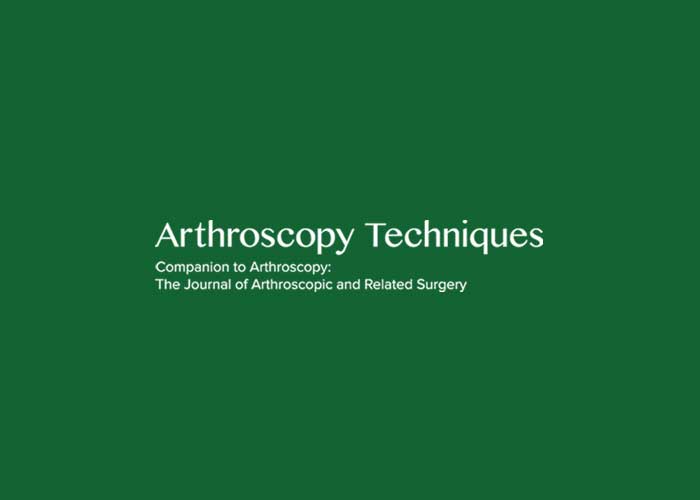
Authors:
Ayham Jaber, M.D, Tyler J. Uppstrom, M.D., Michael Nocek, B.A., Christopher J. Hawryluk, M.B.S., Yazan Jaber, M.D., Colin P. Murphy, M.D., Peter J. Millett, M.D., M.Sc
Abstract:
Posterior shoulder instability is increasingly recognized, particularly among contact athletes subjected to repetitive posterior loading. Posterior dislocation causes an anterior impaction of the humeral head known is a reverse Hill-Sachs lesion. In elite contact sport athletes, a labral repair may not be sufficient. We describe a posterior labral repair with all-suture anchors in the beach-chair position with an adjunct arthroscopic reverse remplissage procedure for added stability. This presents a reliable, minimally invasive treatment option in these high-risk patients.
You can read the full study here: Posterior Labral Repair and Reverse Remplissage for Acute Posterior Instability in High-Risk Athletes
Video Credit:
Ayham Jaber, M.D, Tyler J. Uppstrom, M.D., Michael Nocek, B.A., Christopher J. Hawryluk, M.B.S., Yazan Jaber, M.D., Colin P. Murphy, M.D., Peter J. Millett, M.D., M.Sc
As posted in:
Arthroscopy Techniques
Full name of study:
Posterior Labral Repair and Reverse Remplissage for Acute Posterior Instability in High-Risk Athletes
Summary:
This technique video presents the surgeon's preferred arthroscopic posterior labral repair and reverse remplissage ("reverse ramp lesion") technique for treating posterior shoulder instability. The case involves a 25-year-old professional hockey player with a recent posterior shoulder dislocation, posterior labral tear, and small reverse Hill-Sachs lesion. Using standard anterior and posterior portals, the posterior labrum is debrided, mobilized, and repaired to the glenoid rim using 1.8 mm knotless FiberTak anchors. The reverse Hill-Sachs defect is then treated by securing the subscapularis tendon into the defect with 1.3 mm suture tape and a 4.75 mm SwiveLock anchor, effectively restoring joint congruity. A posterior capsular plication is performed to enhance stability. The procedure achieves excellent reduction and posterior stability, and a structured postoperative rehabilitation program is initiated immediately.
